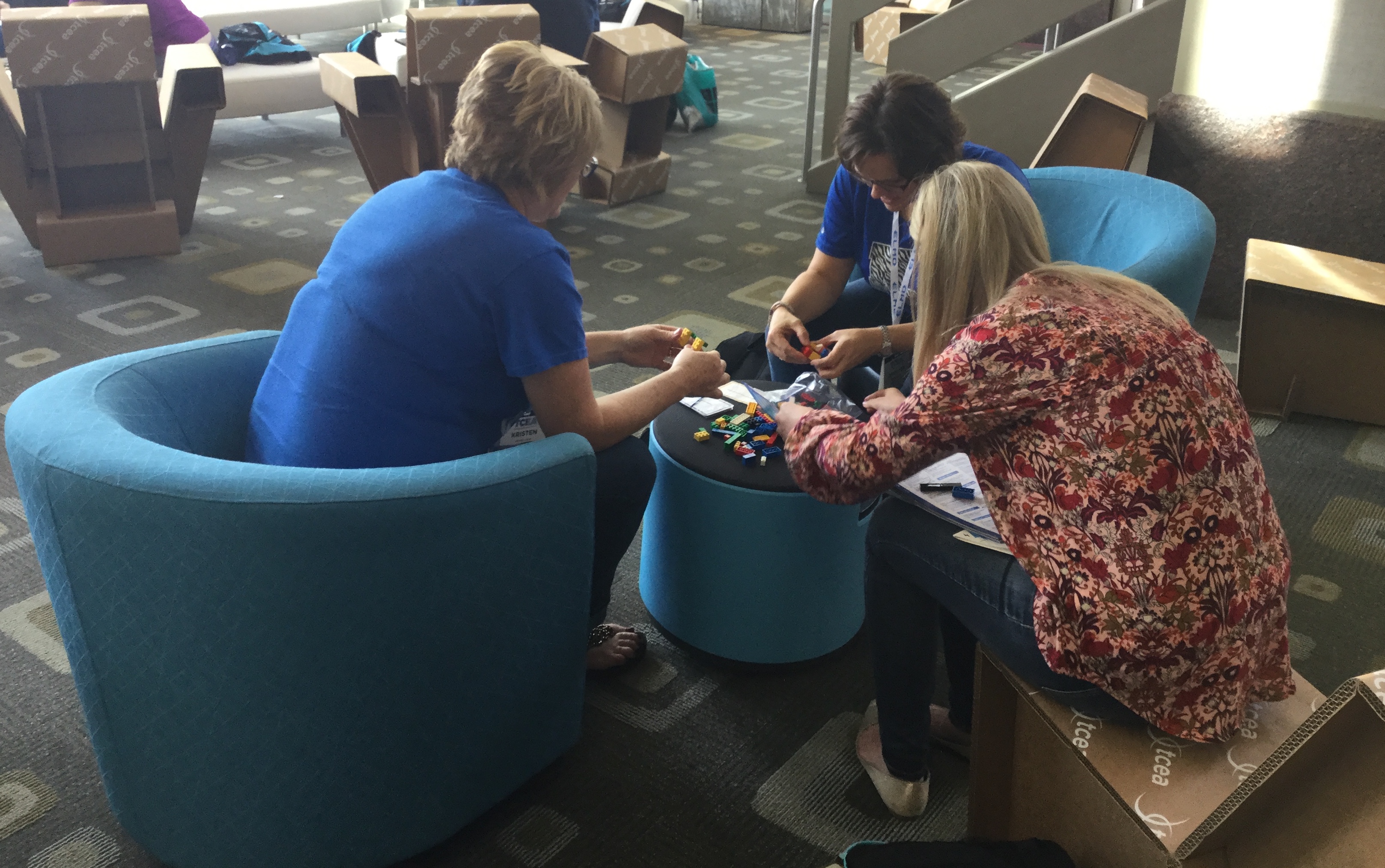
Educators at a makerspace showcase at TCEA 2017.
On Tuesday, February 7 at TCEA 2017, attendees met one-on-one with innovative experts to learn great makerspace tips at the Poster Pavilion. Taking place over several days during the convention, the Poster Pavilion sessions allow participants to pick the brains of ed tech specialists on a number of high-interest topics. To give you a little taste of TCEA 2017, we asked several of the presenters at the session for their best makerspace tips and advice. Here’s what they had to say:
Tip #1 – Start Simple
Amanda Hunt and Michelle Harwood of New Braunfels ISD advised makerspace newbies to not get overwhelmed. It can be easy to be wowed by all the 3D printers, robots, and other fantastic ed tech tools out there. Remember, you don’t need to get all of the expensive technology at once. In fact, they suggest utilizing simple and free to low-cost materials to get started. A makerspace isn’t defined by its technology, but by the creative lessons and ideas you bring to it. Don’t be afraid to start small and build your makerspace over time.
Tip #2 – Invite Teachers to Make
Getting buy in from teachers, principals, and district decision makers is crucial to the success of any makerspace. The presenters at Fort Sam Houston ISD shared a great tip for gaining much-needed support. Before launching their incredibly successful Imaginasium: Elementary Makerspace, they held a full-day open session with teachers. The teachers played, built, and really saw the potential for learning in action. They discovered for themselves the types of ideas and creative energy that would be ignited in their students. Letting adults get in on the fun is a powerful way to encourage everyone to become a makerspace advocate.
Tip #3 – Eyes on the High-Level Prize
Audrey Colwell, a librarian from McKinney ISD, also stressed the importance of getting buy in from principals and teachers. She suggests focusing on the educational benefits. These benefits reach even beyond the potential for curriculum connections. To the untrained eye, a makerspace might look like a glorified playground. The key is to really sell the high-level critical thinking, problem solving, and real-world applications taking place. Then it will be much easier to get everyone on board and excited about the potential to grow the makerspace program.
Tip #4 – No Makerspace Is an Island
Dr. Jennifer Horner Miller is a curriculum designer and learning technology expert. She encourages teachers to write their own simple makerspace lessons. More importantly, she asks educators to share the lessons they create with the larger community. Educators can even nudge students to develop their own makerspace lessons and challenges for a fun enrichment activity. By sharing these tools, makerspaces cease being limited to the resources of a single educator or group of educators in a school or library. Instead, they grow to encompass a much larger community of shared resources.
Tip #5 – Provide Thinking Models
Liz Fleskes is a Director of Early Childhood at Good Shepherd Episcopal School outside of Dallas. Fleskes’s advice is to give student makers the language they need to talk about what they’re doing. In her school’s makerspace, Sparq, they began introducing learning models like de Bono’s Six Thinking Hats and the theory of multiple intelligences. Fleskes says this has helped her students to conceptualize the critical thinking they’re doing. This makes it easier for students to collaborate for greater learning opportunities.
The Power of YOU(r) Makerspace
These are just a few makerspace tips for how to start or expand your own makerspace and make it an effective center for building and learning. Already a makerspace pro? Give your own savvy advice in the comments.
We hope you enjoyed this peek into TCEA 2017. Even if you weren’t able to join us in Austin this year, if you want to learn more about makerspaces, look for our upcoming TCEA Makers events for a hands-on learning experience. For more updates on the ground at TCEA 2017, make sure to follow us on your social media of choice. You can find us on Twitter, Facebook, and Instagram. Use #TCEA17 to join the conversation!

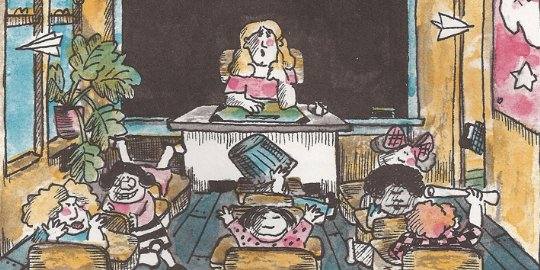
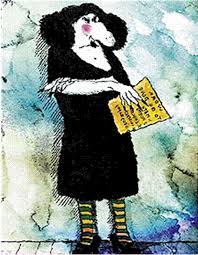 Communicate in real time with your students.
Communicate in real time with your students. 
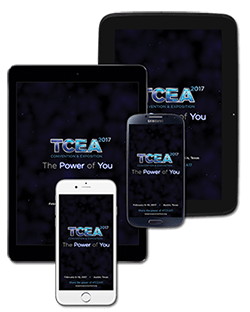 Once you have your focus planned, then it’s time to do some research. The TCEA convention offers in-depth learning opportunities on almost any topic in the edtech world that you might be interested in. But you have to know how to search out exactly what you need. To do that, you’ll need your computer and
Once you have your focus planned, then it’s time to do some research. The TCEA convention offers in-depth learning opportunities on almost any topic in the edtech world that you might be interested in. But you have to know how to search out exactly what you need. To do that, you’ll need your computer and 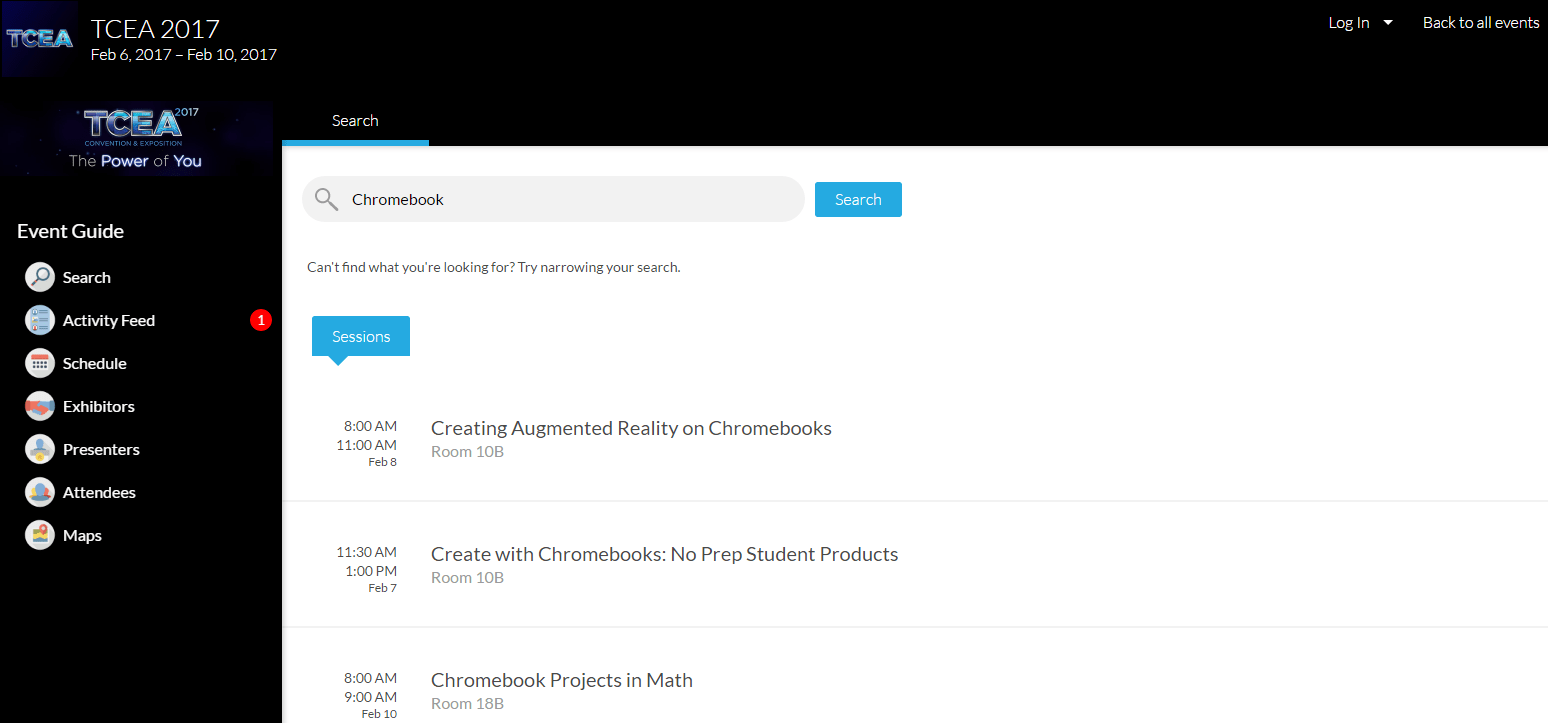

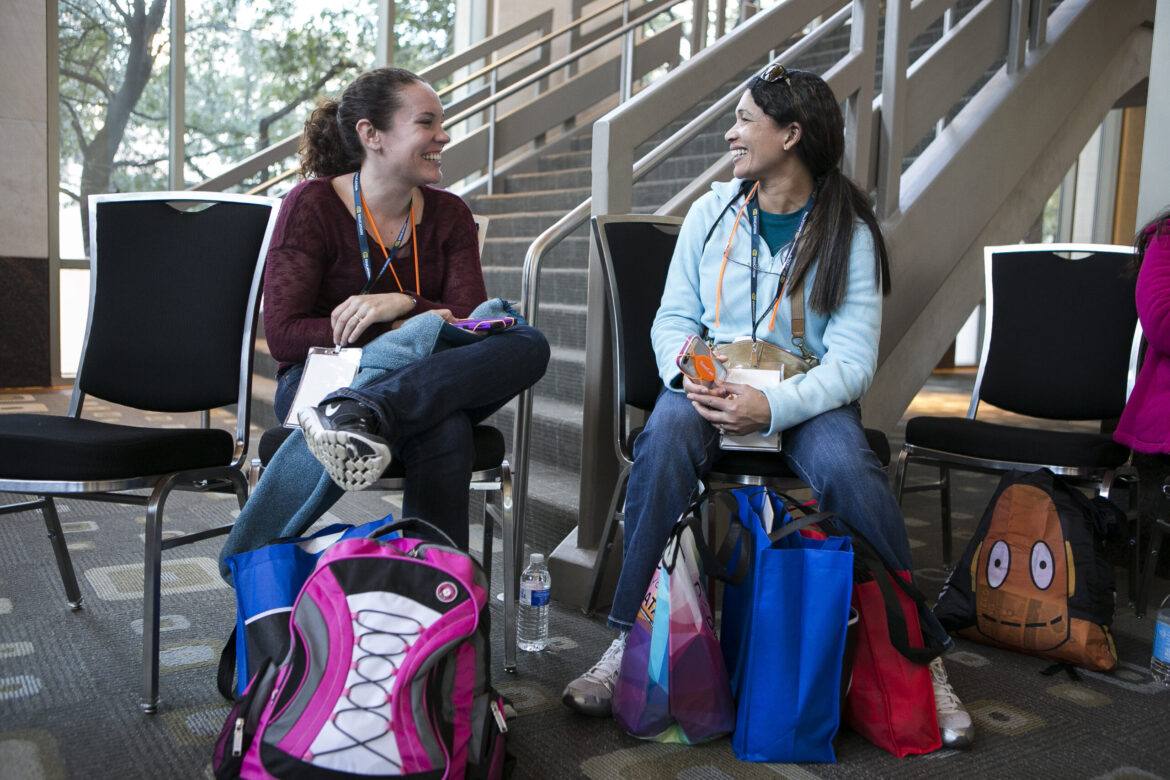
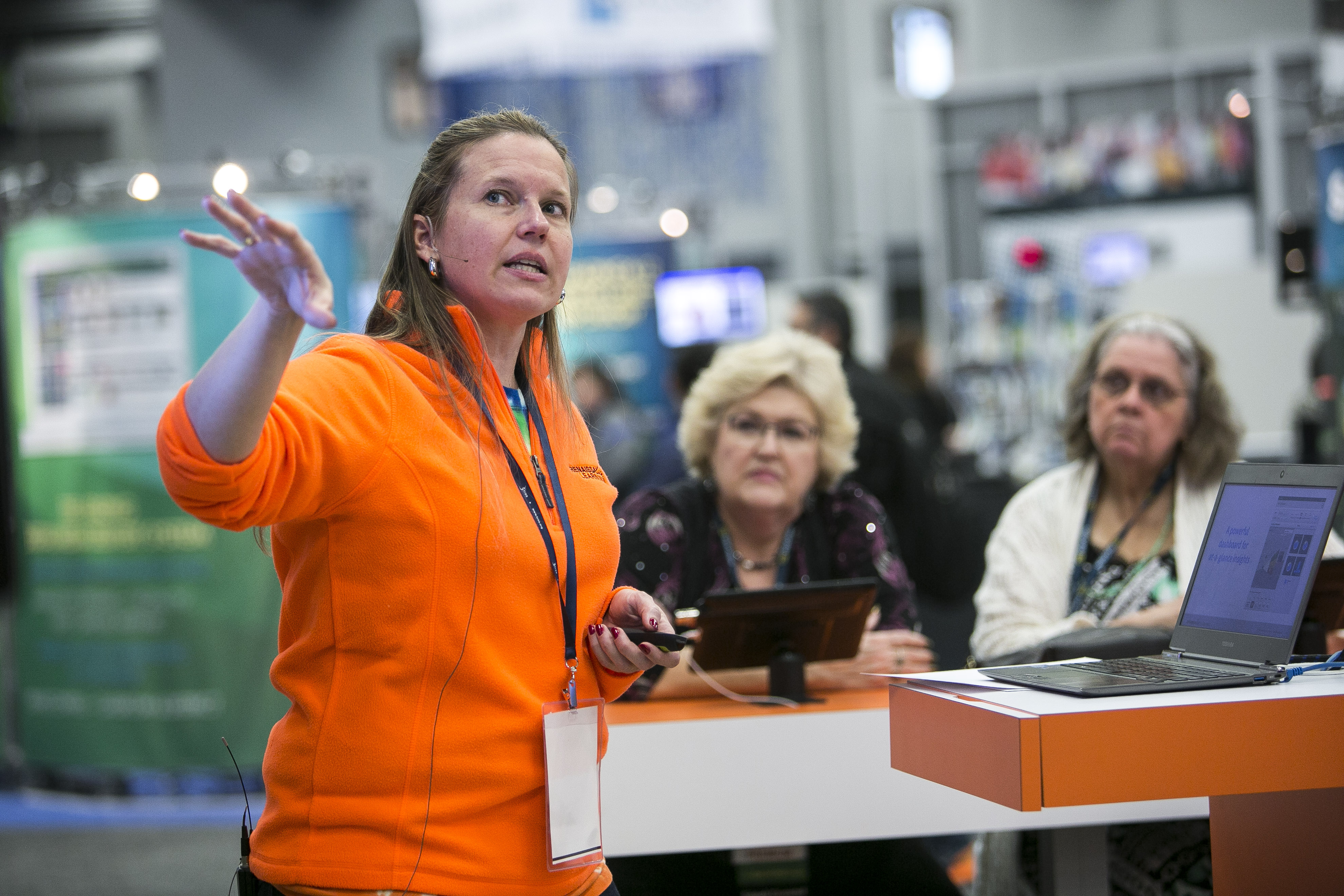 Enjoy the excitement and energy of the exhibit hall in a whole new way this year. Tuesday’s Opening Reception is the ideal way to kick off your convention experience. Dedicate some time for exploration and inquiry, discover the latest and greatest in edtech solutions, and pick up great schwag from over 450 education and technology vendors.
Enjoy the excitement and energy of the exhibit hall in a whole new way this year. Tuesday’s Opening Reception is the ideal way to kick off your convention experience. Dedicate some time for exploration and inquiry, discover the latest and greatest in edtech solutions, and pick up great schwag from over 450 education and technology vendors.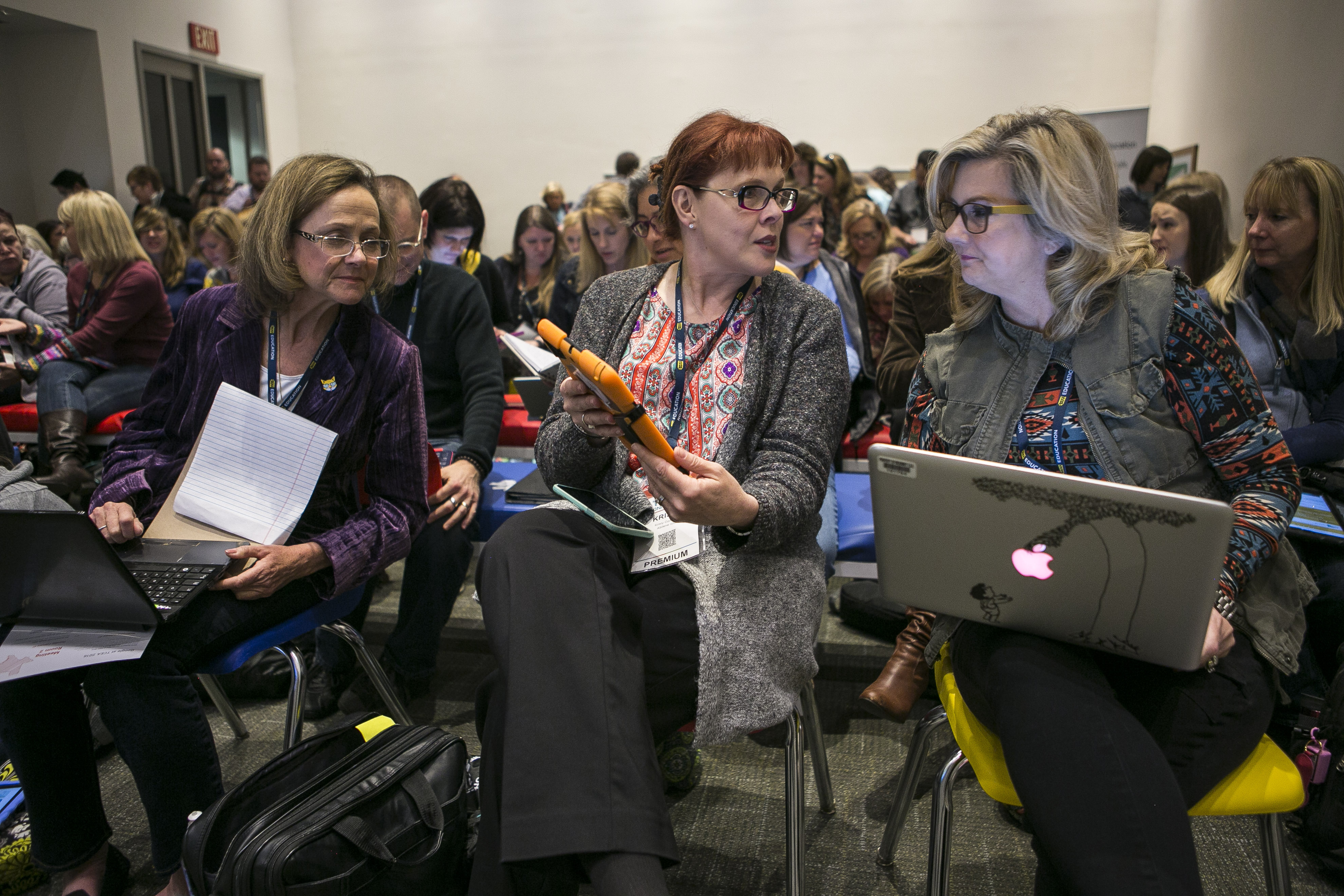 Explore the Power of You in this interactive learning area. Spend lots of hands-on time exploring makerspaces, breakout rooms, and programming. Discover activities and approaches that enhance learning by sharing in this peer-to-peer, network-rich presentation area.
Explore the Power of You in this interactive learning area. Spend lots of hands-on time exploring makerspaces, breakout rooms, and programming. Discover activities and approaches that enhance learning by sharing in this peer-to-peer, network-rich presentation area.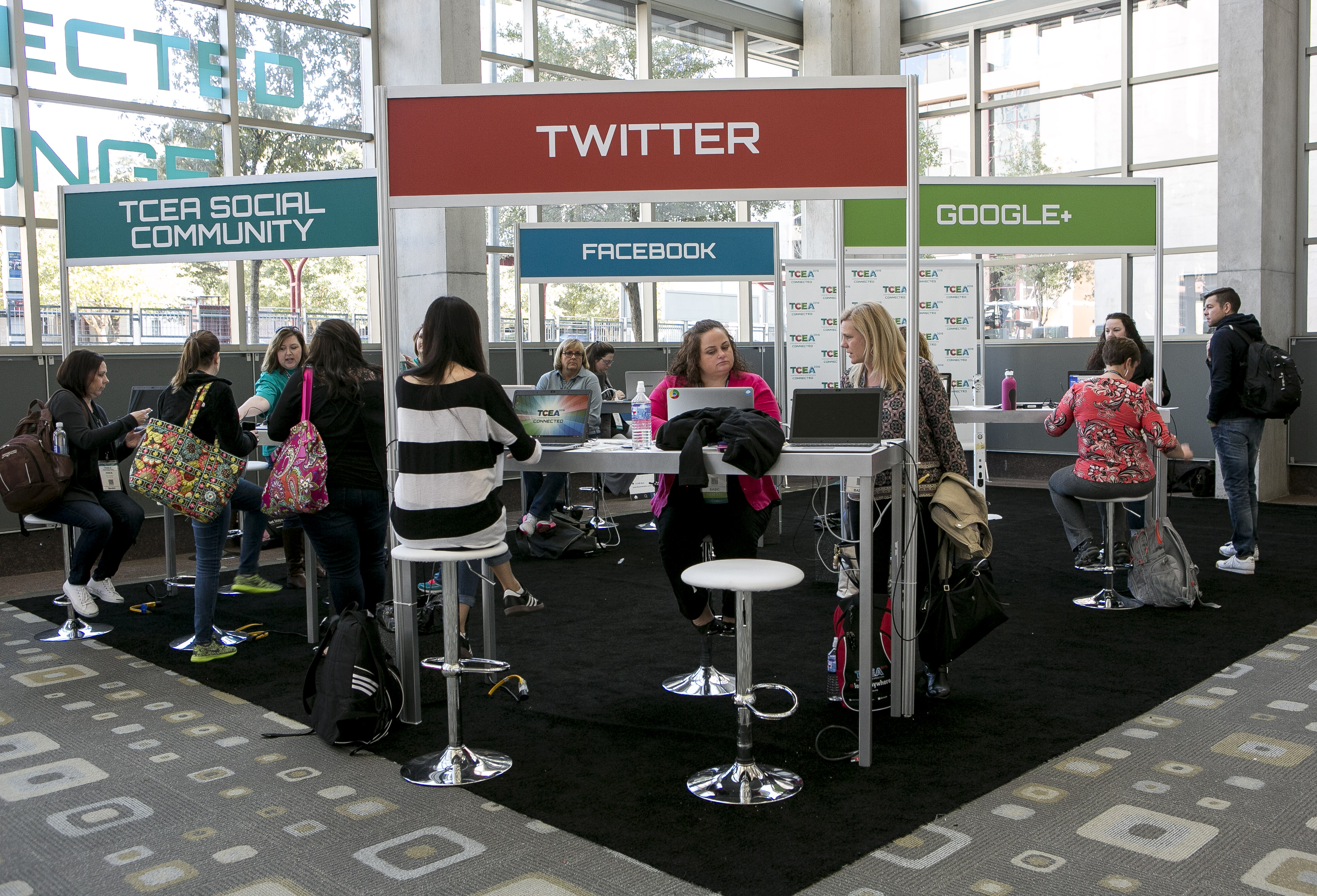 Meet other edtech enthusiasts in the social media and connection Hub of TCEA 2017. Featured presenters and edtech experts are scheduled throughout the week to share their favorites tools, techniques, tips, and tricks. Whether you’re new to social media or have more followers than Justin Bieber, this is the spot for integrating social media into your repertoire.
Meet other edtech enthusiasts in the social media and connection Hub of TCEA 2017. Featured presenters and edtech experts are scheduled throughout the week to share their favorites tools, techniques, tips, and tricks. Whether you’re new to social media or have more followers than Justin Bieber, this is the spot for integrating social media into your repertoire.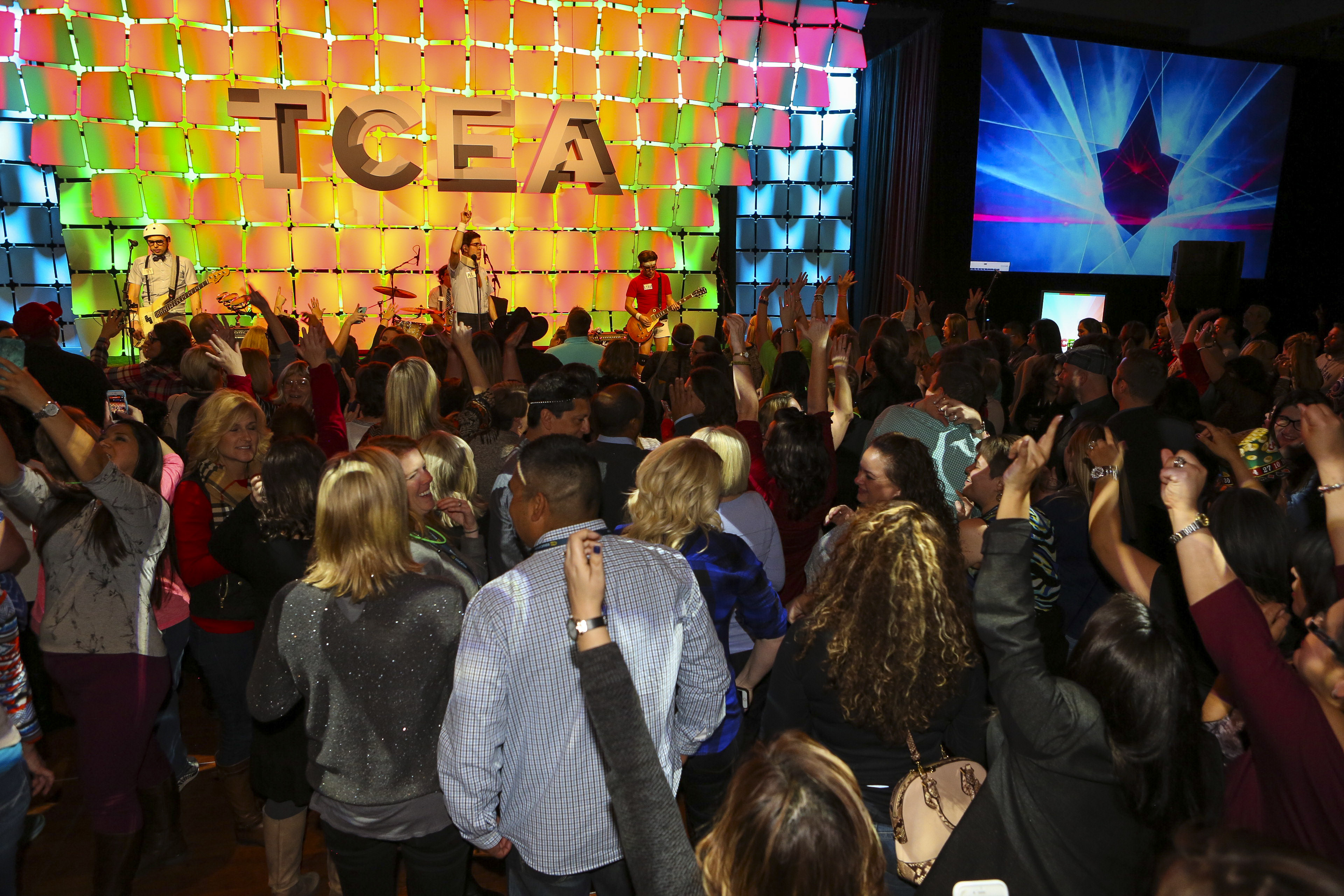 The Thursday social is the must-attend event at the convention, and this year we’ve moved it to a new, more convenient time. Let your hair down and power up with live music, great fun, and fabulous door prizes. There will be games, contests, and energetic tunes, all from the Live Music Capital of the World – Austin, Texas.
The Thursday social is the must-attend event at the convention, and this year we’ve moved it to a new, more convenient time. Let your hair down and power up with live music, great fun, and fabulous door prizes. There will be games, contests, and energetic tunes, all from the Live Music Capital of the World – Austin, Texas.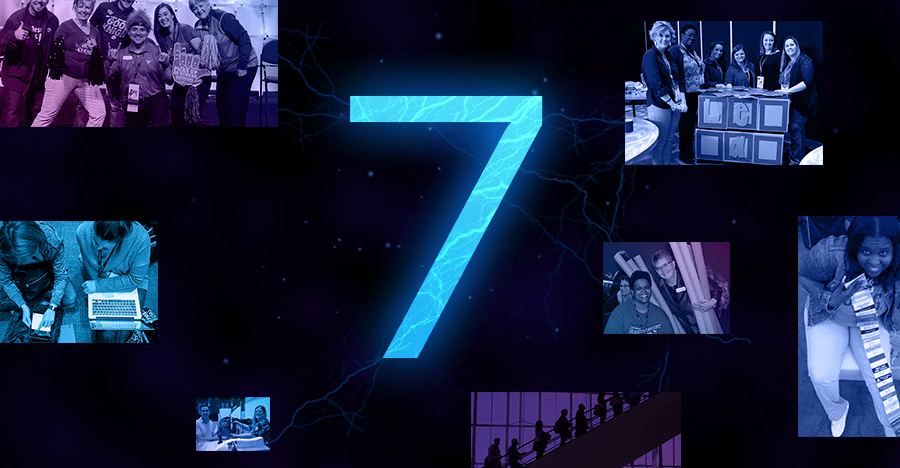

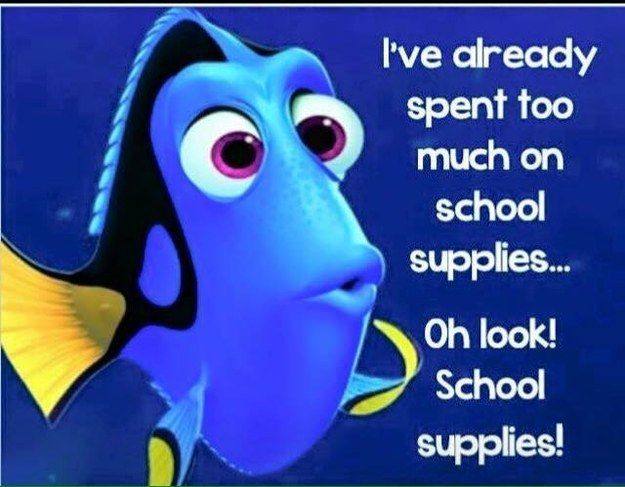 You need more swag for your classroom because you’ve already gone through all of the things you bought from Oriental Trading Company for your students for the entire year. TCEA’s amazing exhibitors and the wacky board members who present the First Timers’ sessions always have the best toys and giveaways that will restock your supply closet and make you the most popular teacher on campus.
You need more swag for your classroom because you’ve already gone through all of the things you bought from Oriental Trading Company for your students for the entire year. TCEA’s amazing exhibitors and the wacky board members who present the First Timers’ sessions always have the best toys and giveaways that will restock your supply closet and make you the most popular teacher on campus.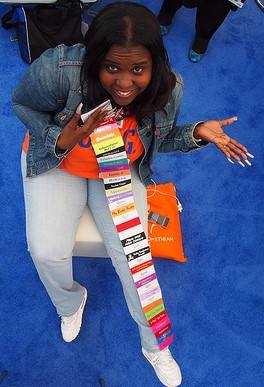 Reason #2:
Reason #2:
 In addition to academies, Premium registrants may also select from more than 350 extra workshops, allowing you to get hands-on, minds-on experience with specific software, learning theories, best practices, and technology tools. Add to that the more than 450 sessions that are offered to both Premium and Basic attendees covering a wide range of topics from formative assessment to creating a makerspace to engaging student learners. All of these will ensure that you are powered up for the rest of the school year. And if you’re the chief technology officer in your district, there’s a day of special presentations just for you.
In addition to academies, Premium registrants may also select from more than 350 extra workshops, allowing you to get hands-on, minds-on experience with specific software, learning theories, best practices, and technology tools. Add to that the more than 450 sessions that are offered to both Premium and Basic attendees covering a wide range of topics from formative assessment to creating a makerspace to engaging student learners. All of these will ensure that you are powered up for the rest of the school year. And if you’re the chief technology officer in your district, there’s a day of special presentations just for you.